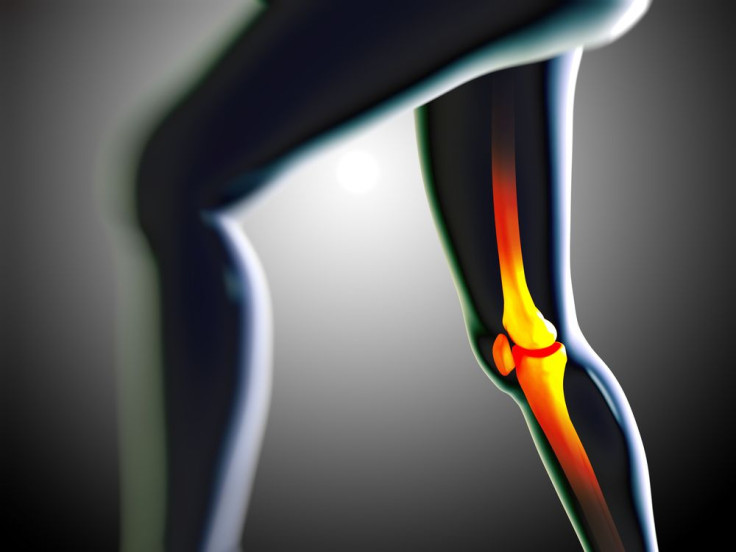New Body Part Discovered In Human Knee: Research IDs Anterolateral Ligament, Proves 1879 French Surgeon Right

If you thought thousands of years of scholarship had illuminated all human anatomy, think again. In a new study from University Hospitals Leuven in Belgium, researchers describe the first-ever dissection of the anterolateral ligament – an entirely “new” body part located within the muscles and tendons of the knee. The findings may help physicians and orthopedic surgeons develop more sophisticated treatment methods for anterior cruciate ligament (ACL) tears and other common knee injuries.
The existence of an unknown knee ligament was first postulated by the French surgeon and knee expert Paul Segond, who in 1879 authored a paper implicating a hypothetical “pearly, resistant, fibrous band” in certain fractures. More than a century later, the ligament continues to puzzle researchers, as it has consistently evaded a uniform definition. The current study, which used Segond’s paper as a point of departure, sought to determine once and for all whether this mysterious structure is in fact a part of gross human anatomy.
To investigate, lead author Steven Claes and his team performed macroscopic dissections of 41 cadaveric knees. In all but one of the knees, the researchers found that the “pearly band” was a well-defined, clearly distinguishable structure connecting the femur to the anterolateral tibia. The structure, dubbed the “anterolateral ligament” (ALL), is located in the so-called anterolateral aspect of the knee.
According to the researchers, the existence of the ALL helps explain why patients with ACL injuries continue to experience complications after surgery and treatment. For example, many complain about “pivot shifts” that cause their damaged knee to give way. “By providing a detailed anatomical characterization of the ALL, this study clarifies the long-standing enigma surrounding the existence of a ligamentous structure connecting the femur with the anterolateral tibia,” the study authors wrote in their conclusion. “Given its structure and anatomic location, the ALL is hypothesized to control internal tibial rotation and thus to affect the pivot shift phenomenon, although further studies are needed to investigate its biomechanical function.”
The ALL is not the only new addition to next year’s anatomy books. In July, a similar research effort identified an entirely new layer of the human cornea. According to the authors, the discovery of “Dua’s layer” will make future eye surgery much safer. Like the current study, “Human Corneal Anatomy Redefined: A Novel Pre-Descemet's Layer (Dua's Layer)” reminds us that the human body still harbors profound secrets.
Source: Steven Claes, Evie Vereecke, Michael Maes, Jan Victor, Peter Verdonk, Johan Bellemans. Anatomy of the anterolateral ligament of the knee. Journal of Anatomy, 2013.



























